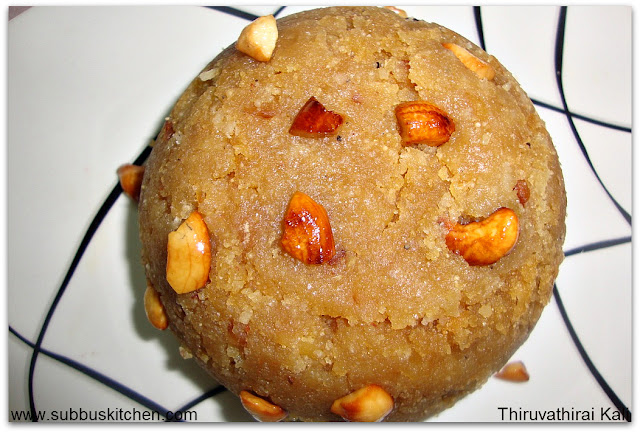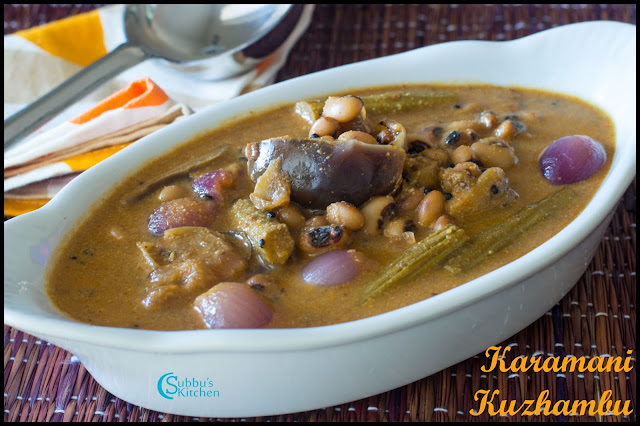Hanumath Jayanthi is a sacred occasion to celebrate Hanuman’s Birth day and get his blessings. Hanuman (Aanjeneyar) is worshiped by all Hindus in India who worship Lord Rama and Lord Sita. In every Rama temple, Hanuman statue is another significant and Hanuman will face right opposite to Rama statue with his palms folded and head bowed showing respect to Lord Rama. We call Hanuman by different names as Aanjeneyar, Maruthi, Pavanasuta, bajrangbali. Hanuman is son of God Vayu and Anjana.
![Hanumath Jayanthi]()
He is a great devotee and Brahmachari. He served Sri Rama with pure love and devotion, without expecting anything in return. He lived to serve Sri Rama. He was humble, brave and wise. He possessed all the divine virtues. Because of these good qualities Lord Sita blessed him to be Siranjeevi(No Death). Lord Hanuman tried to prove to us that any matters which done with full of commitment and self confidence will be success in the end. In another word, Lord Hanuman empowered us with the word “I can” indirectly.
Hanumath Jayanthi is supreme to all Jayanthis.It is a belief that if we pray to Lord Hanuman and perform vrat(fasting) on this auspicious occasion, we get all sorts of good things and great blessings from Lord. Our sorrows will get over and we can lead a happy life with our family.
Whenever we pray to Lord Rama, Lord Hanuman will appear there as a devotee and he also join with us to pray Lord Rama and at the same time he bless us all with good in our life. We have to chant Lord Rama' Name when we pray to Lord Hanuman. We can offer milagu vada garland, beetle leaves garland and butter as neivedhyam to Lord Hanuman. It is good if we get a Hanuman photo and pray to him by keeping sandal and kumkum dots in his tail daily. Poha, Sugar, honey, Panagam, Neermoor are some of the things that he likes more and we can offer them as neivedhyam.
KumKum dots in Lord Hanuman's Tail:
It is a great belief that if we pray to Lord Hanuman by keeping sandal and kumkum dots, we can get rid of all worries in our life and get the Lords's blessings as we all know Lord Hanuman's mighty power lies in his holy tail.
If we plan to start this, then Every day we should keep one kumkum dot in the tail starting from his hip and then slowly move on to the end of the tail. We have to chant Lord Rama's holy mantras while doing this. When we reach the end of tail, we can consider that day as auspicious and we can offer vada garland to Lord as neivedhyam. Again we can clean all the dots and start from the beginning.
This year, this occasion falls on 21st Dec 2014. Devotees should chant “Hanuman Chalisa” on this day (it is good if we chant for 21 times) and get the blessings of Lord Hanuman.
Most of the devotees fast on that day. We can also prepare 108 Milagu vadai and offer as neivedhyam to Lord Hanuman
Recipe for Milagu Vadai
In Tamil Nadu Hanumath Jayanthi is observed during Margashirsha Amavasya. Most of the time, Margashirsha Amavasya coincides with Moolam Nakshatram. It is believed that God Hanumath was born during Margashirsha Amavasya when Moolam Nakshatram was prevailing. In years when Moolam Nakshatra doesn't coincide with Amavasya, Amavasya day is preferred to decide Hanumath Jayanthi day. In Gregorian calendar Tamil Hanumath Jayanthi falls in January or December.
In North Indian states, Hanumath Jayanthi is known as Hanuman Jayanti and it is observed on full moon day during Chaitra month. Hanuman, who is also known as Vanara God, was born on this day and Hanumath Jayanthi is celebrated to commemorate the birth of Hanuman.
Devotees observe Hanumath Jayanthi during different time of the year according to their regional beliefs and the type of calendar being followed. Hanumath Jayanthi during Chaitra Purnima is the most popular one in North Indian states.
In Andhra, Hanuman Jayanthi is celebrated for 41-days which starts on Chaitra Purnima and ends on the tenth day during Krishna Paksha in Vaishakha month. In Andhra Pradesh devotees begin 41-days Deeksha on Chaitra Purnima and conclude it on Hanuman Jayanthi day.
------------------------------------------------------------------------------------------------------------














































































































































































